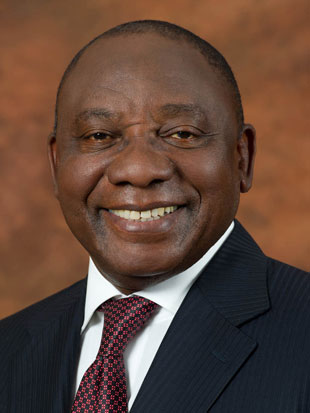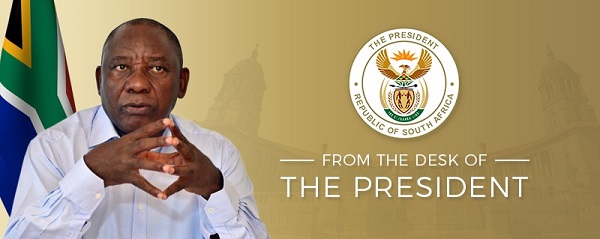 Dear Fellow South African,
Dear Fellow South African,
Eskom’s latest financial results, showing a return to profitability for the first time in eight years, are a testament to the value of staying the course and to the benefits of partnerships.
When we announced the National Energy Action Plan in 2022, the national power utility’s losses stood at R12.3 billion and its debt had ballooned to over R300 billion. At the time, Eskom’s auditors noted that there was “material uncertainty relating to Eskom’s ability to continue.”
The relative improvement in Eskom’s financial position reflects the significant recovery in Eskom’s operational performance.
Thanks to the collaboration between different Government departments, the stewardship of the National Electricity Crisis Committee (NECOM) and hard work by the leadership and staff of Eskom, Eskom is turning the corner.
Eskom’s improved financial position, will enable it to invest in critical infrastructure and maintenance under its Generation Recovery Plan that has been pursued with diligence. There are plans to invest more than R320 billion in expanding existing infrastructure.
As the reliability of Eskom’s coal-fired plants has improved there has been less need to burn diesel, resulting in approximately R16 billion in savings on diesel costs. In the 2025 financial year, the country experienced loadshedding on just 13 days, down from 329 days the year before. Eskom is to be congratulated on this achievement.
However, there are still serious challenges. Municipal debt arrears have grown by 27% since the previous financial year. That is why we continue to work with municipalities to come up with sustainable solutions that enable municipalities to settle their accounts with Eskom, as this is key to its financial viability.
Even as Eskom continues along the path to recovery, we continue to pursue the other pillars of the Energy Action Plan with equal vigour. These are accelerating the procurement of new generation capacity, increasing private investment and pursuing structural reforms to transform the electricity sector.
In this regard, the Electricity Regulation Amendment Act that came into force in January is a step towards progressively opening up the sector and paves the way for a more competitive electricity market. This legislative amendments allows for the restructuring of Eskom into separate generation, transmission and distribution units, as well as for private sector investment and diversification that will ultimately benefit consumers.
With grid expansion being central to getting more capacity, Eskom, in partnership with the private sector, has plans to build approximately 14 000 km of new transmission lines over the next decade.
On the road to achieving energy security, social partners will continue to be key. The role played by these partners in NECOM and the Government Business Partnership has been invaluable. Two years since its inception, this collaborative model continues to yield results not only around energy but also in the other workstreams of transport and logistics, crime and corruption and youth unemployment.
The financial improvement at Eskom bears witness to the strength of these multi-sectoral partnerships, but also to the value of consistency and forging ahead with long-term goals, even in the face of strident criticism.
The ongoing structural reform process represents exactly this consistency and resilience. We will continue along this recovery path across the economy to achieve our goal of inclusive economic growth that creates more jobs for our people.
With best regards,





